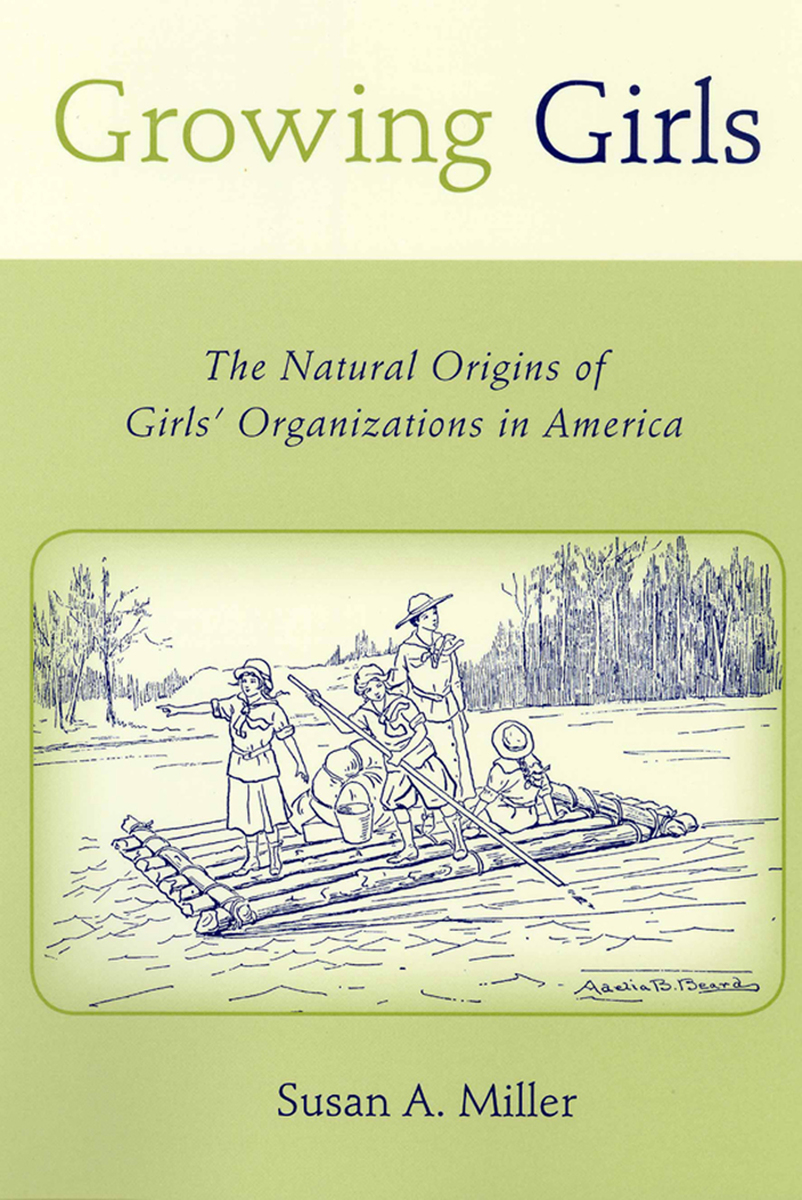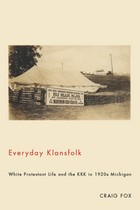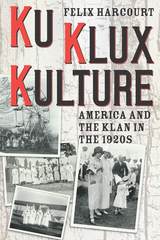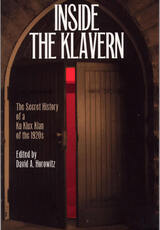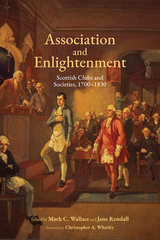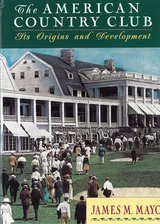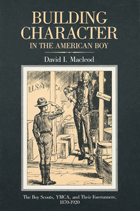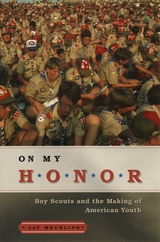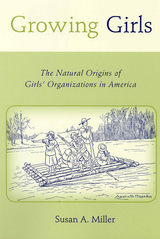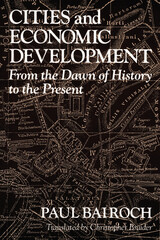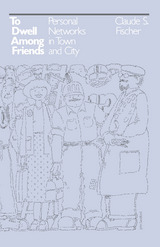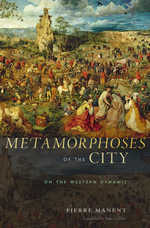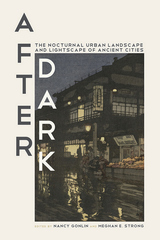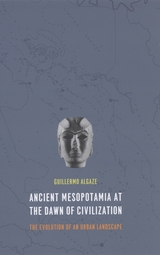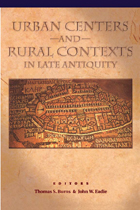Growing Girls: The Natural Origins of Girls' Organizations in America
Rutgers University Press, 2007
eISBN: 978-0-8135-4156-3 | Cloth: 978-0-8135-4063-4 | Paper: 978-0-8135-4064-1
Library of Congress Classification HS3359.M55 2007
Dewey Decimal Classification 369.460973
eISBN: 978-0-8135-4156-3 | Cloth: 978-0-8135-4063-4 | Paper: 978-0-8135-4064-1
Library of Congress Classification HS3359.M55 2007
Dewey Decimal Classification 369.460973
ABOUT THIS BOOK | AUTHOR BIOGRAPHY | REVIEWS | TOC
ABOUT THIS BOOK
In the early years of the twentieth century, Americans began to recognize adolescence as a developmental phase distinct from both childhood and adulthood. This awareness, however, came fraught with anxiety about the debilitating effects of modern life on adolescents of both sexes. For boys, competitive sports as well as "primitive" outdoor activities offered by fledging organizations such as the Boy Scouts would enable them to combat the effeminacy of an overly civilized society. But for girls, the remedy wasn't quite so clear.
Surprisingly, the "girl problem"?a crisis caused by the transition from a sheltered, family-centered Victorian childhood to modern adolescence where self-control and a strong democratic spirit were required of reliable citizens?was also solved by way of traditionally masculine, adventurous, outdoor activities, as practiced by the Girl Scouts, the Camp Fire Girls, and many other similar organizations.
Susan A. Miller explores these girls' organizations that sprung up in the first half of the twentieth century from a socio-historical perspective, showing how the notions of uniform identity, civic duty, "primitive domesticity," and fitness shaped the formation of the modern girl.
Surprisingly, the "girl problem"?a crisis caused by the transition from a sheltered, family-centered Victorian childhood to modern adolescence where self-control and a strong democratic spirit were required of reliable citizens?was also solved by way of traditionally masculine, adventurous, outdoor activities, as practiced by the Girl Scouts, the Camp Fire Girls, and many other similar organizations.
Susan A. Miller explores these girls' organizations that sprung up in the first half of the twentieth century from a socio-historical perspective, showing how the notions of uniform identity, civic duty, "primitive domesticity," and fitness shaped the formation of the modern girl.
See other books on: America | Children's Studies | Girl Scouts of the United States of America | Girls | Natural Origins
See other titles from Rutgers University Press
